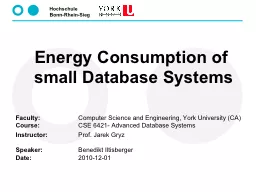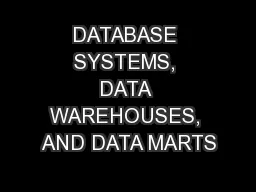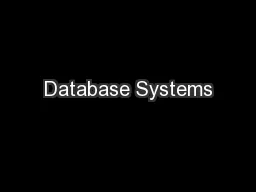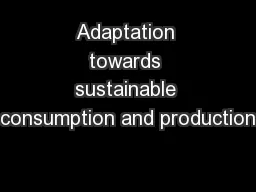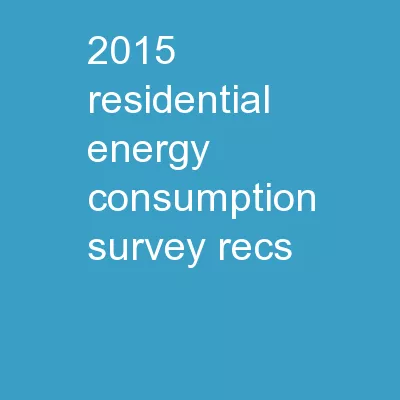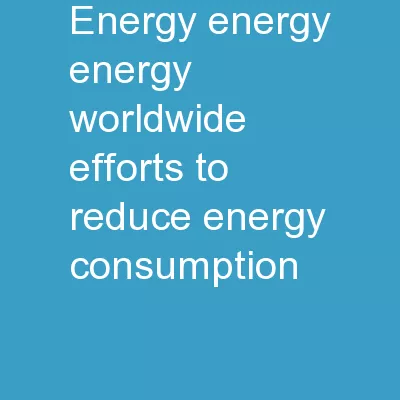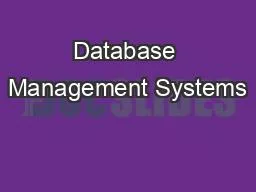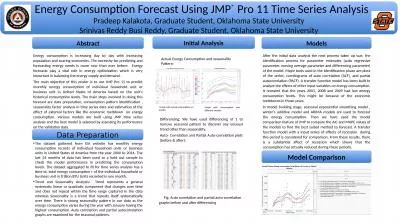PPT-Energy Consumption of small Database Systems
Author : karlyn-bohler | Published Date : 2016-12-12
Faculty Computer Science and Engineering York University CA Course CSE 6421 Advanced Database Systems Instructor Prof Jarek Gryz Speaker Benedikt Iltisberger
Presentation Embed Code
Download Presentation
Download Presentation The PPT/PDF document "Energy Consumption of small Database Sys..." is the property of its rightful owner. Permission is granted to download and print the materials on this website for personal, non-commercial use only, and to display it on your personal computer provided you do not modify the materials and that you retain all copyright notices contained in the materials. By downloading content from our website, you accept the terms of this agreement.
Energy Consumption of small Database Systems: Transcript
Download Rules Of Document
"Energy Consumption of small Database Systems"The content belongs to its owner. You may download and print it for personal use, without modification, and keep all copyright notices. By downloading, you agree to these terms.
Related Documents

